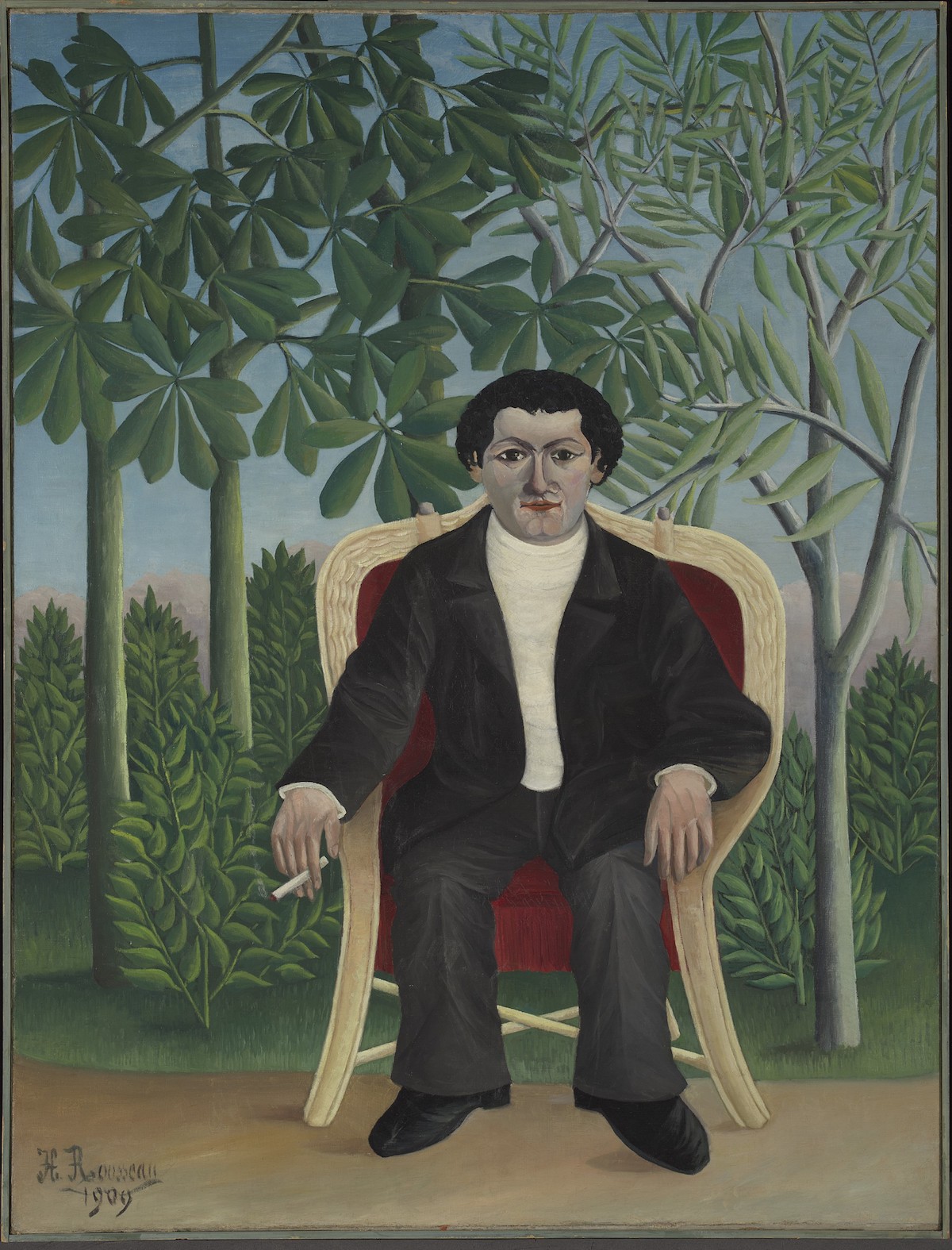Vitrina
1989 - Film & Video (Film & Video)
28:00 minutes
María Teresa Hincapié
In the performance video Vitrina , María Teresa Hincapié stood inside a storefront window in downtown Bogota, unannounced, for eight hours a day, wearing a uniform and initially carrying out cleaning chores. As the day and passers went by, the routine became more playful: she would send kisses to bus drivers on the busy Avenida Jiménez who would return them, use the newspaper with which she was shining the glass to flirtatiously hide and engage with an improvised audience or draw the shape of her body with soap and a sponge. She would interrupt these chores to carry out other ‘feminine’ activities, like brushing her hair or applying make-up, only to return to frantically cleaning the transparent surface that separated her from the public. At times, her actions became more political, writing phrases in red lipstick on the now spotless glass that alluded to the nature of her being a working class woman in a violent, male-dominated society. Vitrina is a work that marks Hicapie’s transition from theatre to performance and addresses the very nature of a performing woman at the time: the expected activities of such a woman, the tension between the public and the private, the placement of her body behind a glass either as a servant or as an object to be consumed. Vitrina is one of the few works that were produced and made available by Hincapié during her lifetime and is a document of the emergence of performance art in the country.
María Teresa Hincapié is a seminal figure in Colombian performance art. Her artistic practice is based on rigor, physical strength, discipline, energetic ability, and an intense spiritual drive. These foundations were cultivated throughout her nine years of acting training with the group Acto Latino and strongly influenced by the Oriental Theater, the theories of Jerzy Grotowski, and the theatrical anthropology of Eugenio Barba. In 1987, unfulfilled by the theater and its limitations, she began experimenting with the artist José Alejandro Restrepo. Despite a brief career due to her untimely death from cancer in 2008, Hincapié paved the way for a robust performance art community in Colombia; her seminal work Una cosa es una cosa was a watershed moment in this regard. Throughout her career, Hincapié addressed key social issues such as humans’ relationship with nature; sacred, ancestral cultures and knowledges of Indigenous communities; and daily life from the perspective of a woman of humble origins.
Colors:
Related works sharing similar palette
» see more

© » KADIST
Hyunjin Kim on Frequencies of Tradition Wednesday, April 6, 2022, 7.30 pm at California College of the Arts Hyunjin Kim, KADIST’s former Lead Curator for Asia (2017-2020), will discuss Frequencies of Tradition , the culmination of an eponymous series of exhibitions and programs initiated by KADIST in 2018...
Related artist(s) to: María Teresa Hincapié » Damián Ortega, » Federico Herrero, » Iñaki Bonillas, » Jorge Macchi, » Pedro Reyes, » Rivane Neuenschwander
» see more

© » KADIST
Federico Herrero
2009Federico Herrero’s energetic paintings reflect his experiences on the streets of his native San José, Costa Rica, and in the surrounding tropical landscape...

© » KADIST
Pedro Reyes
2005In Reyes’s words, “We should be able to extract the technological nutrients before we excrete our waste...
Related works found in the same semantic group
» see more

© » KADIST
Chloé Quenum
2017The stained glass windows of Chloé Quenum’s Les Allégories evoke the sacred and describe the movement of a rooster in the form of patterns extracted from a wax fabric found in Benin...

© » KADIST
Kiri Dalena
2017Gikan Sa Ngitngit Nga Kinailadman (From The Dark Depths) by Kiri Dalena is a stylistically collaged film inspired by the true story of a young activist’s drowning...

© » KADIST
Carolyn Drake
2018Megan and Hazel Sue at Creekmore House by Carolyn Drake is from a series of works titled Knit Club ...






